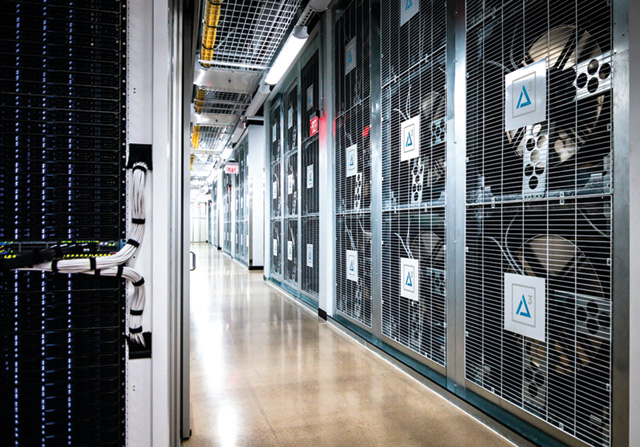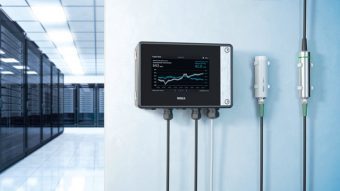
In the following article, Anu Kätkä from Vaisala and Keith Dunnavant from Munters discuss the impact of HVAC measurements and maintenance procedures on data centre energy efficiency
Vaisala is a global leader in weather, environmental, and industrial measurements, and Munters is one of the world’s leading providers of energy efficient and sustainable climate control solutions for mission-critical processes including data centres.
It has been estimated that there are over 18 million servers in data centres globally, and data centres are responsible for around 1% of energy consumption. In addition to their own power requirements, the IT devices in datacenters also require supporting infrastructure such as cooling, power distribution, fire suppression, uninterruptable power supplies, generators etc. It is therefore vital that this equipment is maintained in optimal condition in order minimise energy consumption.
The majority of non-IT energy consumption at data centres comes from cooling, or more precisely, rejecting the heat from the servers, and the cooling cost alone can easily represent up to 25 percent or more of total annual energy costs. Cooling is of course a necessity for maintaining IT functionality, and this can be optimised by good design and by the effective operation and maintenance of building management systems.
One of the primary considerations for energy efficiency in air-cooled data centre cooling is hot aisle/ cold aisle containment. For many, supply air temperatures are optimally between 24 and 25.5˚C. However, delta-T is very important – the temperature differential between the hot aisle and the cold aisle. Typically, delta-T is around 10 to 12˚C, but 14˚C is a common objective in data centre design. Increasing delta-T reduces the energy required by the cooling systems, and increases the potential for economising heat rejection strategies. Economisation is the process by which outdoor air can be utilised to facilitate a portion of data centre heat rejection.
It is important to deploy high efficiency fans; to maintain a slight positive building pressure, and to control room humidity. For example, make-up air systems should control space dew point sufficiently low such that cooling coils only undertake sensible cooling, without having to tackle a latent load (removal of moisture from the air).

Low humidity can increase the risk of static electricity, and high humidity can cause condensation, which is a threat to electrical and metallic equipment. High humidity levels combined with various ambient pollutants have been shown to accelerate corrosion within servers.
In many modern facilities 99.999% uptime is expected; representing annual downtime of just a few minutes per year. These extremely high levels of performance are necessary because of the importance and value of the data being handled.
Whatever cooling methods are employed, it is crucially important to control HVAC processes and indoor conditions in a reliable manner. To achieve this, data centre managers need to be able to depend on continuous accurate measurements. For this reason, high quality sensors are enablers of efficiently controlled HVAC processes and a stable indoor environment. However, sensor specification at the time of installation is not necessarily an indicator of long-term performance reliability. The real value of a sensor is derived over its entire lifecycle, because frequent requirements for maintenance can be costly.
Sensors with a high maintenance requirement should be avoided; not just because of the costs involved, but also because such sensors incur higher risks of failure. In addition, sensors that drift or lose accuracy can result in enormous energy costs, as explained above. The high levels of uptime required by data centres means that any maintenance operations for monitoring equipment should not disturb the operation of the data centre. Consequently, instruments such as Vaisala’s with exchangeable measurement probes or modules are advantageous; not least because they allow sensors to be removed and calibrated off-line. Importantly, if a measurement probe or module is exchanged, the calibration certificate should also be updated.
Ideally, it should be possible to undertake maintenance operations on-site with tools from the instrument provider, and this work should be undertaken as part of a scheduled maintenance program.
With critical data worth billions of dollars being processed and stored at data centres, power-hungry servers must be maintained in ideal temperature and humidity conditions to prevent downtime. At the same time, there are urgent demands for lower greenhouse gas emissions, improved energy efficiency and lower energy costs; all at a time of spiraling energy costs. This ‘perfect storm’ of drivers means that the accurate control, maintenance and optimisation of HVAC processes is extremely important.
www.Vaisala.com | uksales@vaisala.com | t: +44 121 6835620

